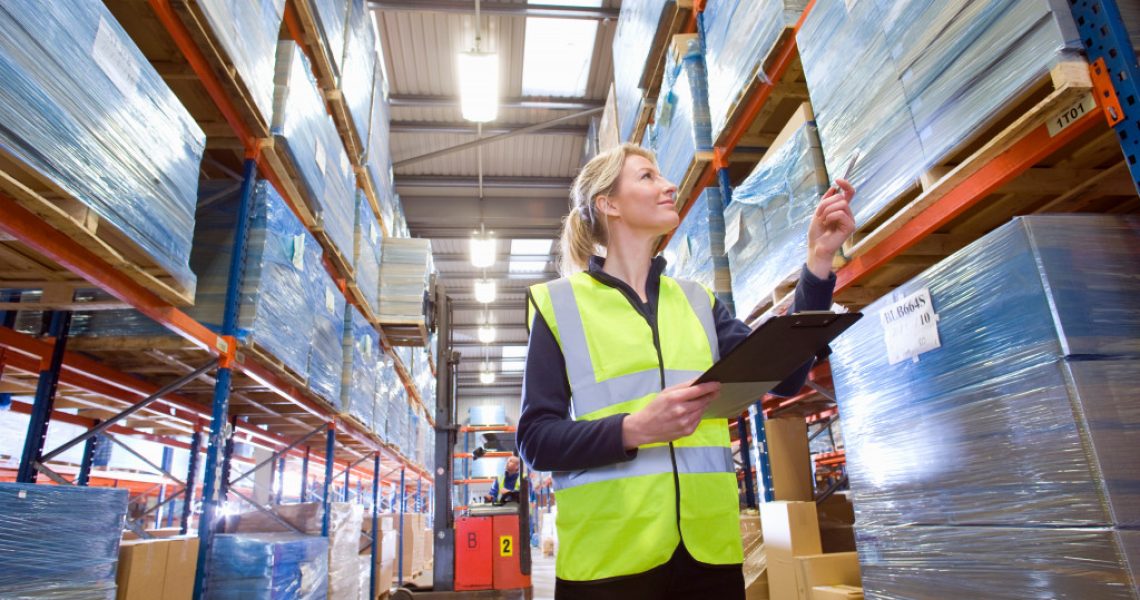Storage plays a massive role in businesses. It’s essential to have a space to store products, materials, and other items. However, warehouses are changing. Before, warehouses were largely inefficient. The process of storing and retrieving items was manual, leading to many errors. In addition, it requires a lot of staffing, and because of that, revenues in the industry have decreased. But now, there are new technologies that are changing the way warehouses operate. Here are five different technologies that are changing warehouses:
Scaling Systems
Warehouses require scales to measure the weight of the products they are storing. Moreover, these scales are necessary to measure the weight of trucks before and after they enter the warehouse.
In the past, most of these scales were inaccurate and faulty because of how heavy some objects are, which can often lead to errors. This would then result in lost inventory and wasted time and money. But now, there are robust truck weighing scales that are available that are much more accurate. These new scales can weigh both the items and trucks more accurately, meaning that there will be fewer errors in the warehouse. Additionally, automated scales are now available in many warehouses. All it requires is the driver to input the weight of their truck, and the scale will do the rest. It saves time and is more accurate than manual scales.
Inventory Management Systems
Another technology that is changing warehouses is inventory management systems. In the past, warehouses used manual methods to track their inventory. As a result, it was often inaccurate and led to lost or misplaced items. However, with new inventory management systems, warehouses can keep track of their inventory more accurately. In addition, companies can often integrate these systems with other systems in the warehouse, such as the scale system. This allows for more seamless and accurate inventory tracking, which leads to fewer lost or misplaced items.

Robotics
Robotics is another technology that is changing warehouses. In the past, most tasks in the warehouse were completed by people. However, this is no longer the case. Now, many different types of robots can complete tasks in the warehouse. For example, some robots can pick up and move boxes. In addition, some robots can scan barcodes and track inventory. Additionally, some warehouses are now using drones to deliver items. It saves time and money as it doesn’t require someone to deliver the item physically.
Robots are so essential in warehouses that Amazon now uses them. Over 200,000 robots work in Amazon warehouses, each doing different tasks to help increase efficiency.
RFID Systems
Radio Frequency Identification, or RFID, technology has been around since the 1940s. However, it wasn’t until the early 2000s that RFID began to be used more commonly in businesses and other organizations. One of the early adopters of RFID technology was Walmart, which started using RFID tags on pallets and cases of merchandise in its stores in 2003.
RFID technology is used to track items by reading a tag that is attached to them. The tag contains information about the item, such as its name, description, and where it was manufactured. This information can be accessed by scanning the tag with an RFID reader.
RFID technology has many benefits. For businesses, one of the most significant benefits is that it helps to improve inventory accuracy. RFID tags can be scanned more quickly than barcodes and can be read from a distance, making it easier to track items as they move throughout a facility. RFID also helps to reduce theft and loss, as well as to improve supply chain efficiency.
Amazon is also planning to use the same technology for its “Shop and Go” brand. It’s an excellent way for consumers to enter a store and checkout without waiting in line.
Automated Guided Vehicles
Automated guided vehicles (AGVs) are another type of technology-changing warehouse. In the past, most tasks in the warehouse were completed by people using forklifts or other vehicles. However, now some AGVs can complete these tasks automatically. For example, some AGVs can pick up and move boxes from one location to another. Additionally, some AGVs can deliver items to people working in the warehouse. This saves time and money as it doesn’t require someone to drive the vehicle manually.
There are also now some autonomous vehicles in the country. It’s predicted that over 20 million autonomous trucks will be in the country by 2030, changing logistics and the warehouse industry forever.
The Future of Warehouses
It seems that the future of warehouses is quite bright. With these new technologies, warehouses are becoming more efficient and accurate. This leads to less wasted time and money and fewer lost or misplaced items. Additionally, these technologies are making it easier for people to work in the warehouse. In the future, we can expect even more changes in the warehouse industry as new technologies continue to emerge.

